JOE SABALLA
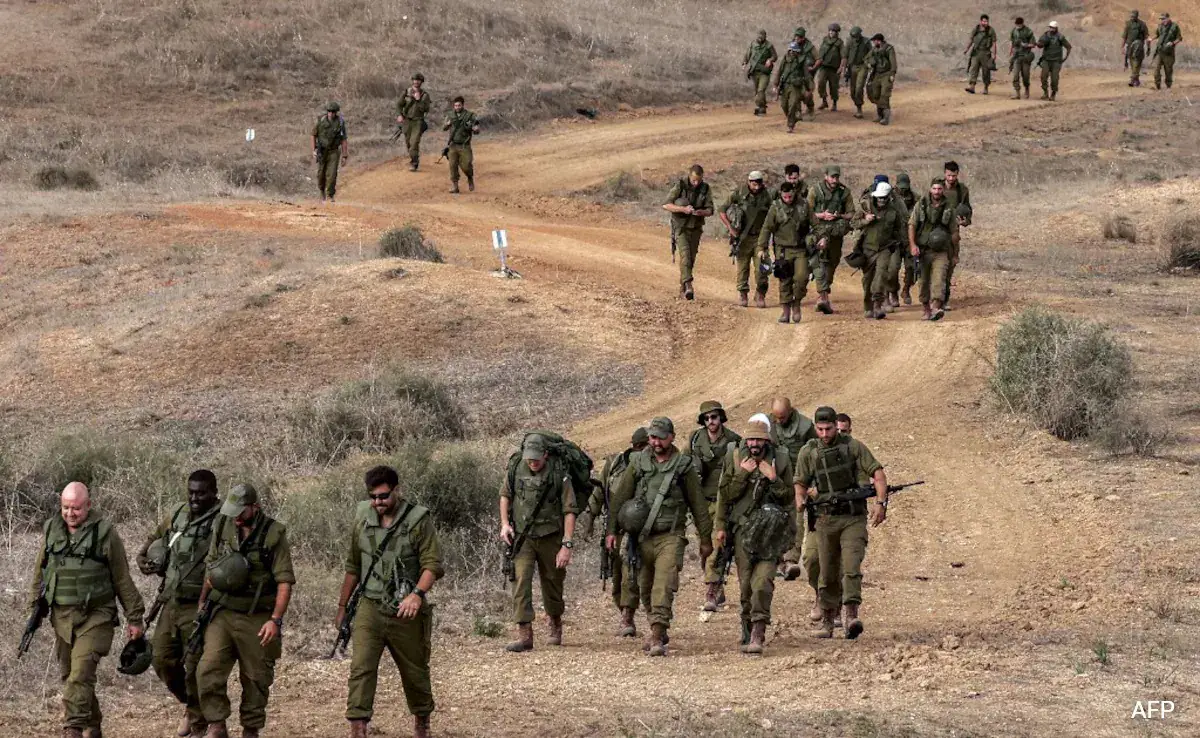
The Israel Defense Forces (IDF) will pull out thousands of its troops from the Gaza Strip as its war with Hamas has reportedly taken a significant toll on the country’s economy.
IDF spokesperson Rear Adm. Daniel Hagari announced Monday that five brigades of several thousand regular troops and reservists will return to their bases to rest or undergo further combat training.
Many older reservists will go home to be with their families after almost three months of battling Hamas militants.
According to Hagari, the armed conflict has negatively affected Israel’s economy as many of its reservists could not go to their regular jobs, run their businesses, or attend school.
“This will significantly ease the burden on the economy and allow them to gather strength for the upcoming activities in the next year, as the fighting will continue and they will still be required,” he told reporters.
Shift to Lower-Intensity War?
Israel’s decision to pull out troops from Gaza came after the US called for a scaled-down offensive against Hamas to reduce civilian casualties.
US National Security Advisor Jake Sullivan said last month that the increasing number of civilian deaths in Gaza has fueled global concerns about the war.
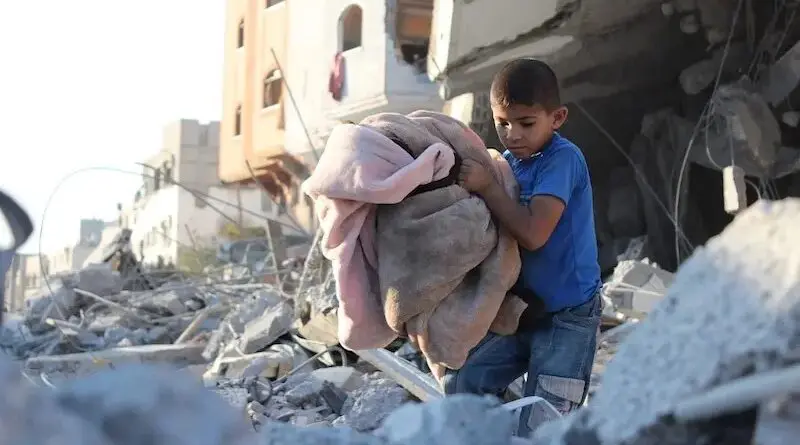
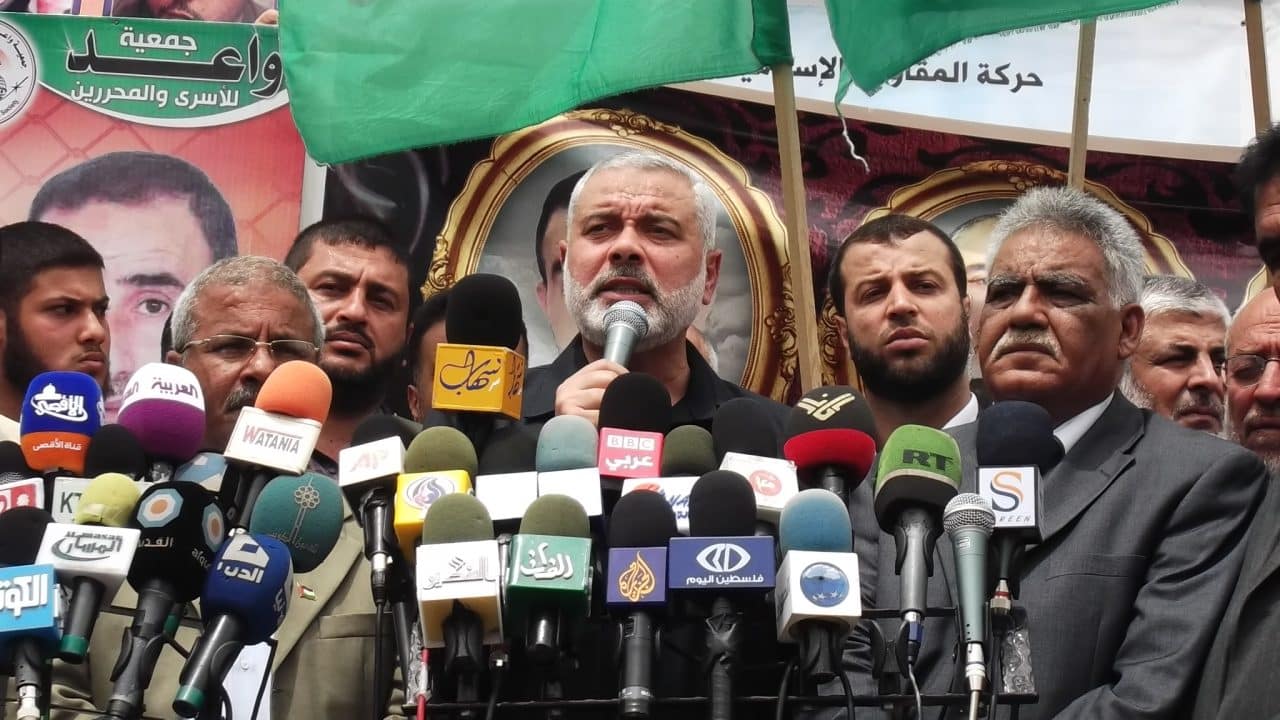

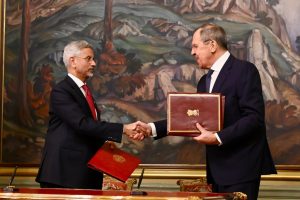

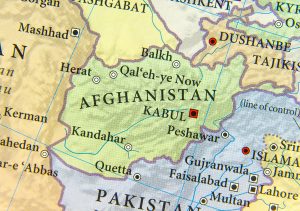


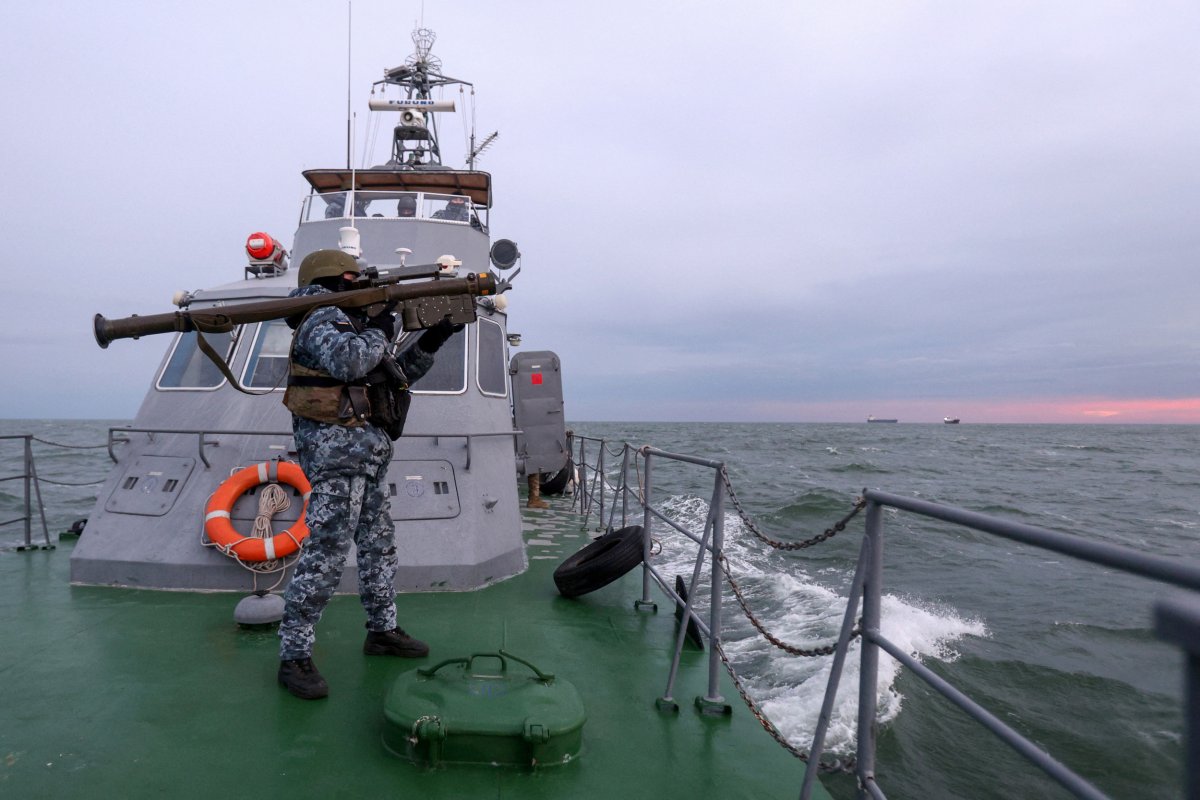 A
A 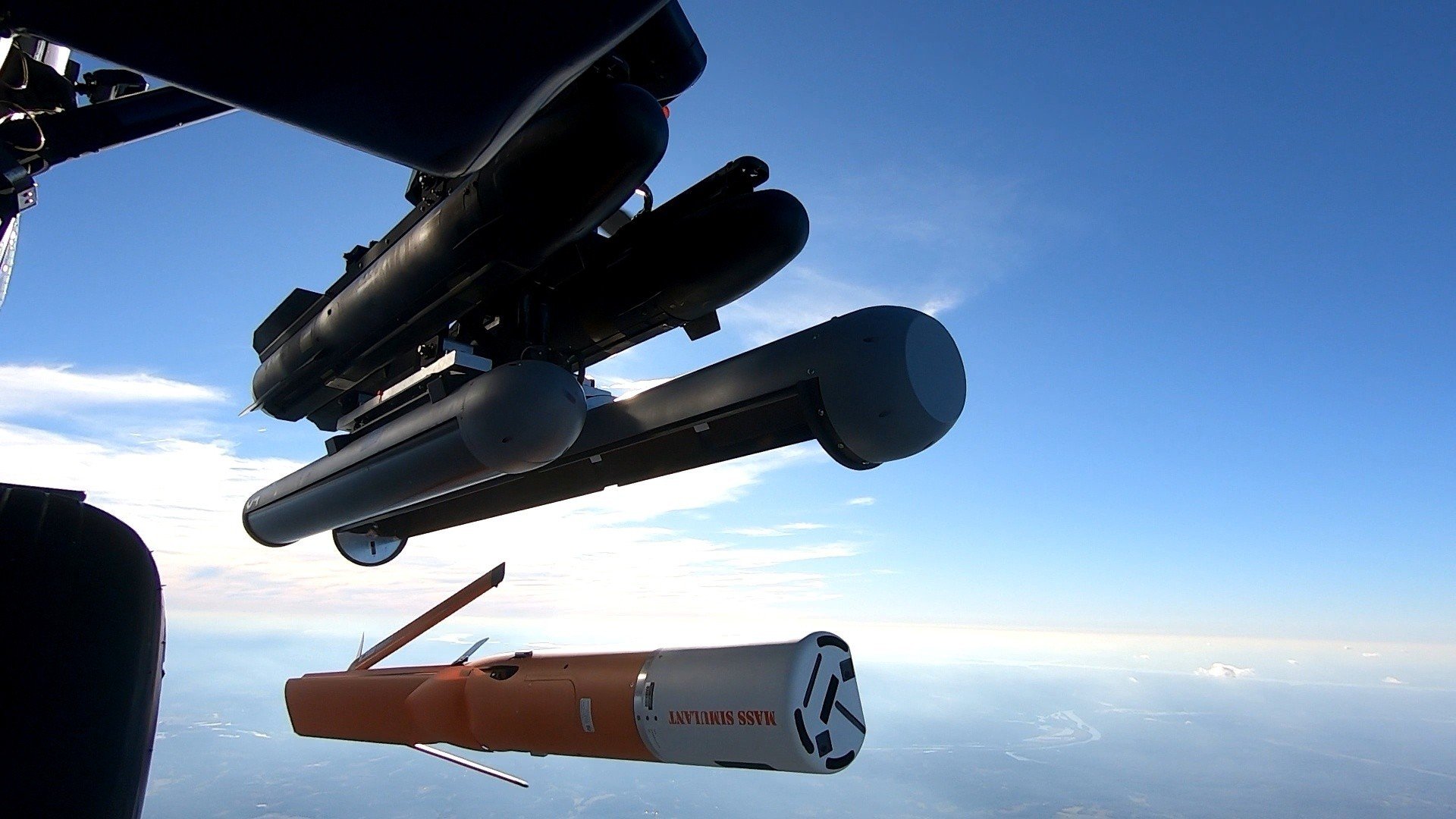
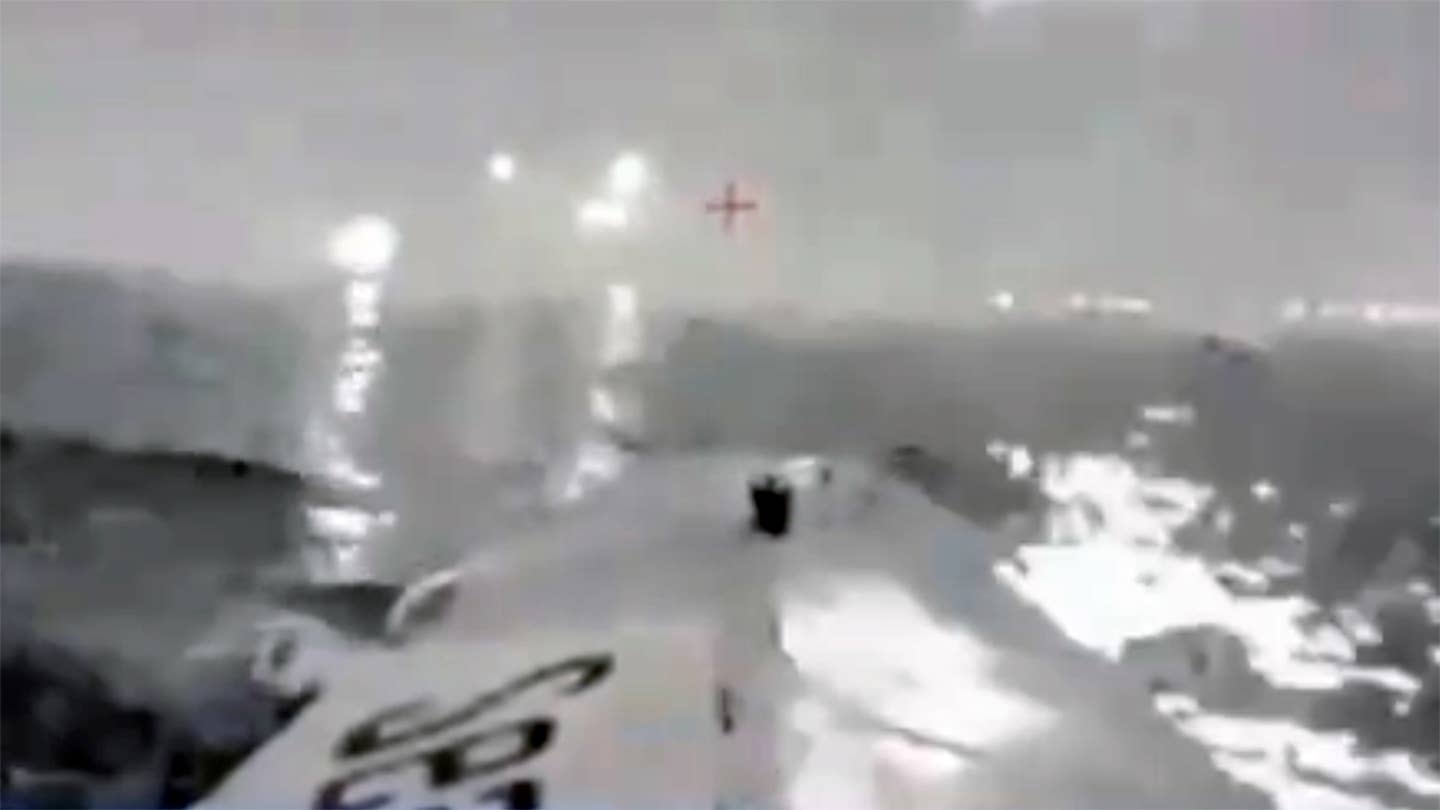
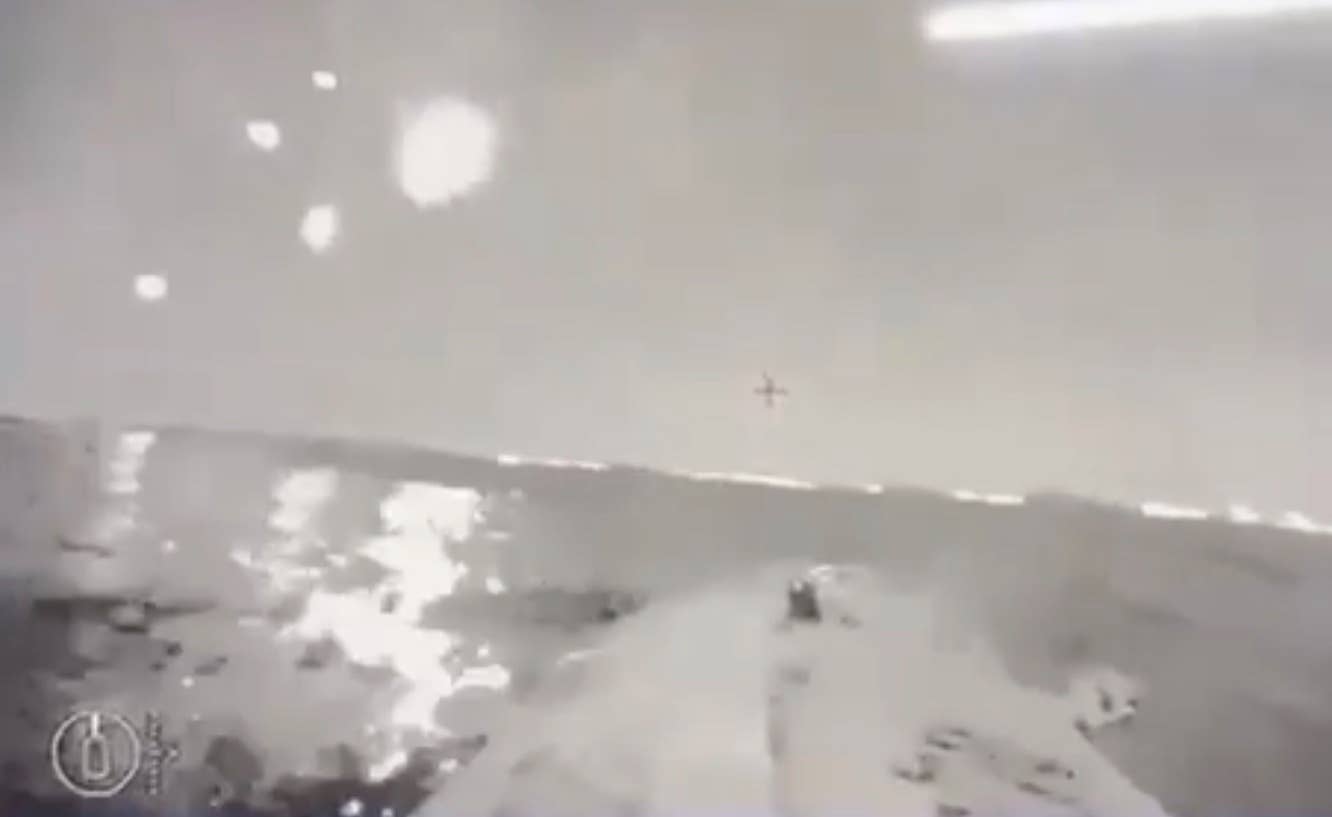


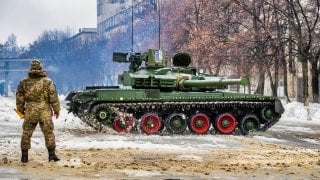
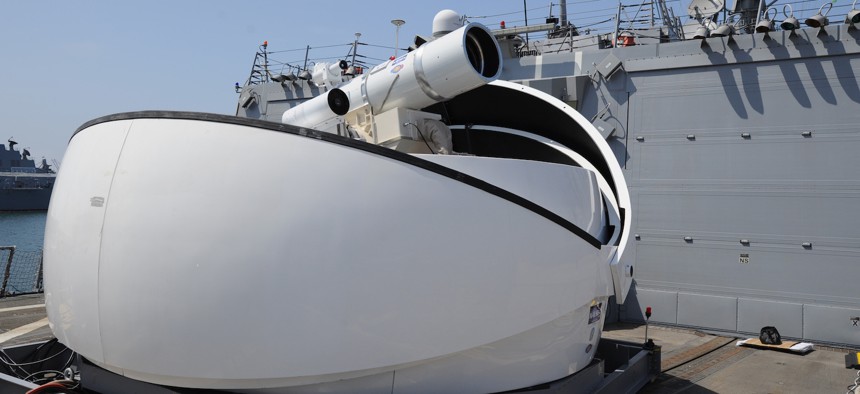


:quality(70)/cloudfront-us-east-1.images.arcpublishing.com/archetype/HSGPDV3ARRFAZBJSWRDAEZEH5A.jpg)